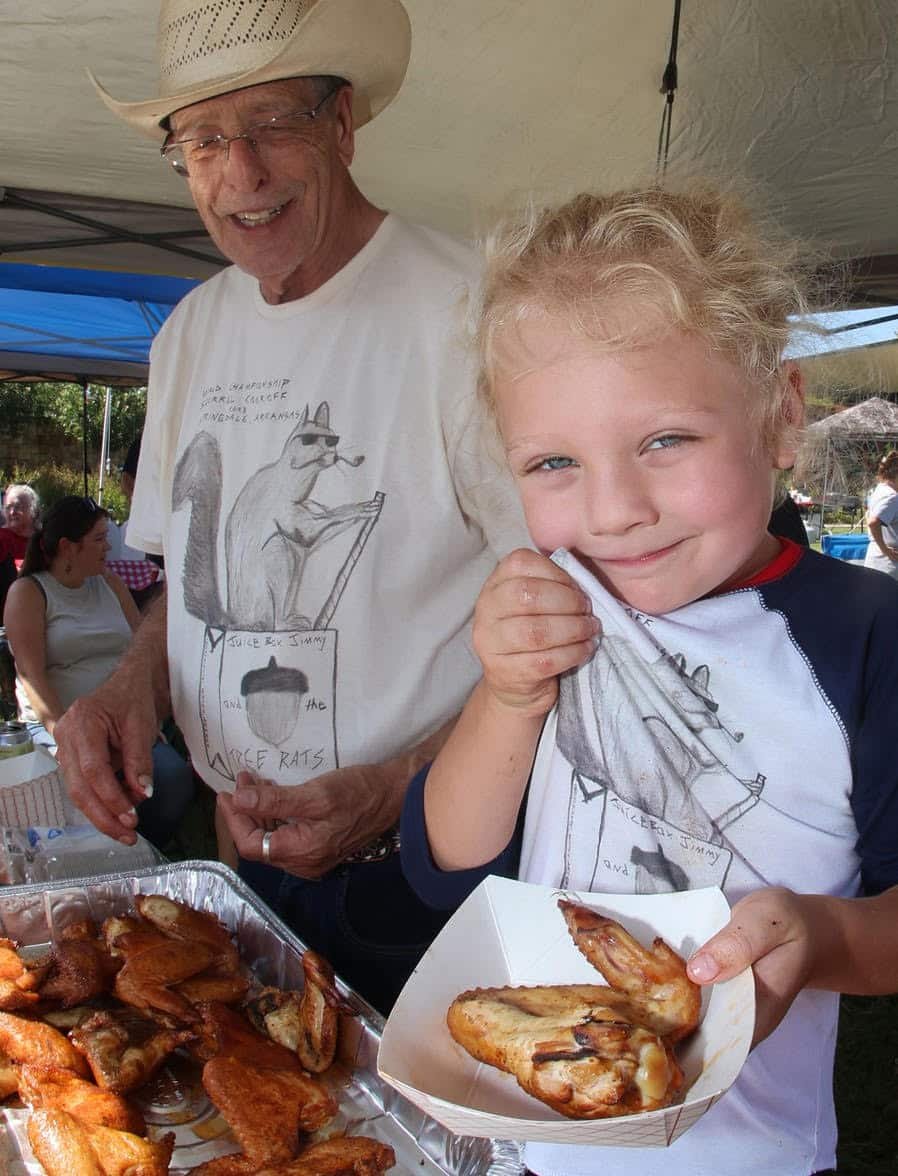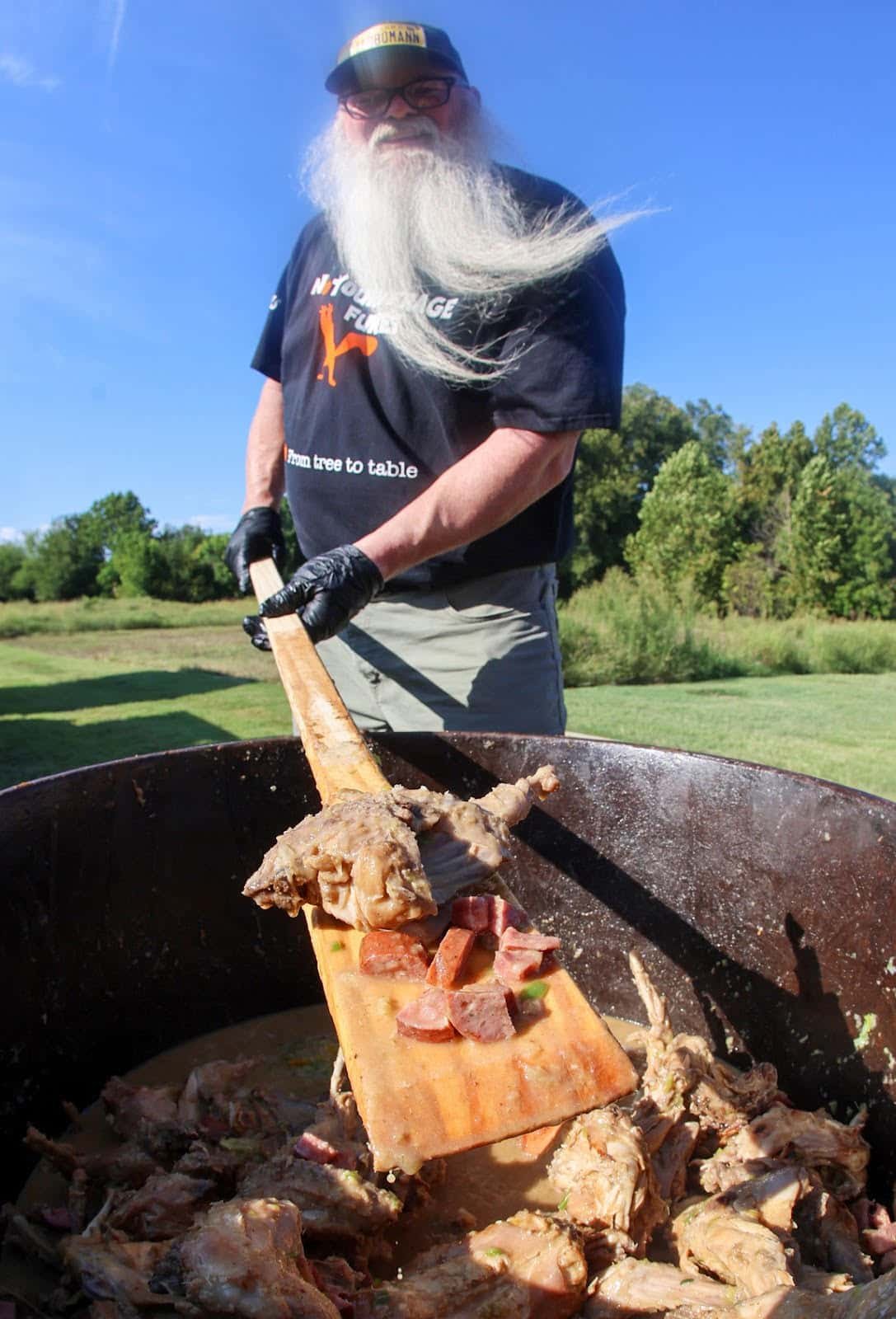“I was very surprised of the projected new state record yield of 57 bushels per acre for 2024,” said Jeremy Ross, extension soybean agronomist for the University of Arkansas System Division of Agriculture.
“With how early a majority of the soybean crop was planted this year, I was anticipating yields similar to slightly below the 54 bushels per acre state average soybean yield seen in 2023,” he said. “I'm hoping the best for this soybean crop, because every soybean farmer is going to need every bushel that can combine with how much the soybean prices have dropped over if the last 12 months.”
Ross said Arkansas growers had “almost ideal weather conditions from planting to harvest in 2023. We had another good, early start for 2024, but July was hotter and drier than 2023 and August is looking like it's going to be hot and dry as well.
“The last time we had a significant yield bump between two years was 2016-2017. The average state yield was 47 bushels per acre in 2016 and 51 bushels per acre in 2017,” he said “Again, the weather conditions in 2017 were much improved from those seen in 2016.”
CORN — Corn production was forecast at 90.2 million bushels, down 41 percent from last year. However, yield is expected to average 186 bushels per acre, up three bushels from last year. NASS revised the planted acres downward by 120,000 acres to 500,000. Harvested acres were also expected to drop from 600,000 to 485,000.
“Yields look to be really good, with an estimated 186 bushels per acre state average yield,” said Jason Kelley, extension wheat and feed grains agronomist. “This is not a record but getting close.
“Overall, it was a great growing season for northeastern Arkansas, which got planted early and never looked back,” Kelley said. “Points further south had a more difficult planting season due to too much rain at planting for some producers, but statewide we have had some timely rains which has cut down on irrigation costs this year. Harvest has started on a limited amount of acres and will continue to increase as we get later into August.
COTTON — Cotton production was expected to rise by 21 percent to 1.65 million bales, which is 288,000 bales higher than last year. Yields are expected to be 57 pounds per acre lower than last year, forecast at 1,238 pounds of lint. Harvested acres were expected to be up 135,000 acres from last year to 640,000.
Zachary Treadway, extension cotton and peanut agronomist, said that the new acreage number, while a decrease from NASS’s initial estimate, “is still quite an increase from our acreage last year.
“I know of several locations that had to abandon cotton planting due to extremely wet conditions in southern Arkansas, so the decrease from the initial estimate is not a huge surprise,” he said. “The increase in total production is to be expected with the major increase in acres.”
Treadway said that the crop has held up despite “the roller coaster season we’ve had.
“We started extremely wet, then we got extremely hot and dry, followed by more cool and wet conditions, and it seems like we are again settling into hot and dry for the coming several days,” he said. “Cotton is still trading pretty low at somewhere from 68-70 cents, so we need to get this crop to the finish line in the best shape possible to aid producers' bottom lines in a tough market.”
PEANUTS — The forecast for peanuts is mixed, with production expected to be 18 percent higher than last year to 233 million pounds. However, yield is forecast to be down 500 pounds per acre from last year to 5,300 pounds. The forecast for harvested acreage has been revised upward to 44,000 acres from 34,000.
RICE — Seems like everything is up for rice in the August forecast. Production is forecast at 109 million hundredweight, up 2 percent from last year. The yield for all rice is forecast at 7,600 pounds per acre, up 50 pounds from last year. The forecast for harvested acres rose 30,000 acres to 1.43 million acres.
Jarrod Hardke, extension rice agronomist for the Division of Agriculture, said Monday’s report wasn’t surprising.
“I expected acreage projections to increase slightly compared to the June report,” he said. “The yield number — at slightly higher than last year –- was unexpected but is still really within the range of my projection.
“It’s a very good yield but not a record,” Hardke said. “The question is whether our significant amount of early planting counteracts some of the likely yield drags from in-season management difficulties due to weather.”
HAY — NASS has forecast Arkansas’ hay production to be 2.68 million tons, up 22 percent from last year. The yield is forecast to average 2.20 tons per acre, up 0.30 tons from last year. Producers expect to harvest 1.22 million acres of hay, excluding alfalfa, up 60,000 acres from 2023.
To learn more about Division of Agriculture research, visit the Arkansas Agricultural Experiment Station website: https://aaes.uada.edu. Follow on Twitter at @ArkAgResearch. To learn more about the Division of Agriculture, visit https://uada.edu/. Follow us on Twitter at @AgInArk. To learn about extension programs in Arkansas, contact your local Cooperative Extension Service agent or visit www.uaex.uada.edu.























